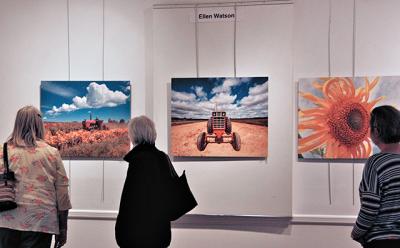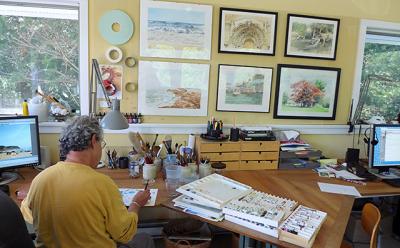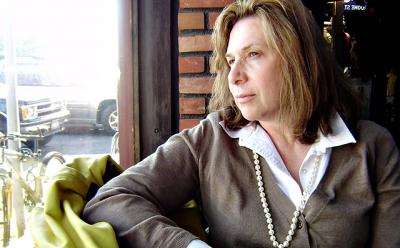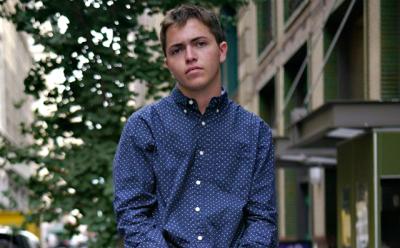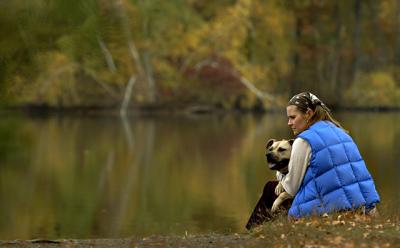And the Hamptons Film Fest Winners Were . . .
And the Hamptons Film Fest Winners Were . . .
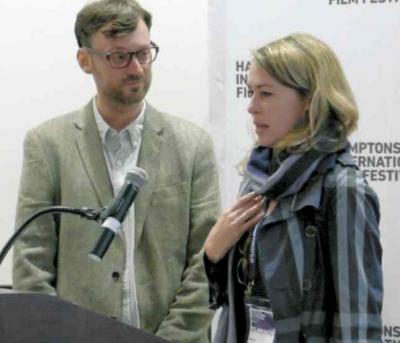
For Anne Chaisson and David Nugent, the executive director and artistic director, respectively, of the Hamptons International Film Festival, this year’s program of more than 140 films seemed to have a common theme — they were thought-provoking and encouraged hard questions.
“It felt to me that the theme of this festival was more about our right as U.S. citizens and as human beings to ask questions . . . and to do everything we can to discover the truth,” Ms. Chaisson said at the start of the festival’s awards presentations on Monday.
“Rams,” directed by Grimur Hakonarson, was the winner of the best narrative feature award. The film depicted a pair of brothers in a farming family in Iceland who haven’t spoken to each other in 40 years but must come together when a deadly virus threatens the family’s prizewinning herd of sheep. The film is expected to be released in the United States soon. “Embrace the Serpent,” directed by Ciro Guerra of Colombia, received an honorable mention in the narrative feature film category.
The narrative short film award went to Jorn Threlfall, director of “Over,” described as “a crime scene told in reverse.” The short film “Patriot” by Eva Riley was highlighted with an honorable mention in the narrative short film category.
An intense lineup of documentary films, including “The Uncondemned,” about the push for the treatment of rape as a war crime following the 1994 genocide in Rwanda, and Darcy Dennet’s “The Champions,” about the fate of the pit bull terriers involved in the Michael Vick dog-fighting operation, yielded several winners.
“The Uncondemned,” directed by Michele Mitchell and the late Nick Louvel, received the the Victor Rabinowitz and Joanne Grant Award for Social Justice and the Brizzolara Family Foundation Award for a Film of Conflict and Resolution. The award was accepted by a tearful Ms. Mitchell, whose co-director, Mr. Louvel, died in a car accident here about three weeks ago.
“The Champions” received the Zelda Penzel Giving Voice to the Voiceless Award, which is “dedicated to those who suffer in silence.”
For the best documentary feature award, the winner was “Missing People,” directed by David Shapiro, about a prominent New York City art gallery director’s investigation into her young brother’s unsolved murder. The documentary “Chuck Norris vs. Communism,” directed by Ilinca Calugareanu, took home an honorable mention for best documentary feature. The best documentary short film award was given to “Last Day of Freedom,” directed by Dee Hibbert-Jones and Nomi Talisman.
Other awards honored films with local connections or produced by up-andcoming female filmmakers. “When I Live My Life Over Again,” directed by Robert Edwards, which was largely shot on Long Island, received the Suffolk County Film Commission Next Exposure Grant. The film depicted the daughter of “a famed romantic crooner,” played by Christopher Walken, who heads to the Hamptons in the wintertime to reflect on her vices, victories, and reinvention. The Tangerine Entertainment Juice Fund Award, recognizing outstanding work by a female filmmaker, went to “Suffragette,” directed by Sarah Gavron, which was inspired by the true story of activists who risked everything they had in pushing for women’s right to vote.

